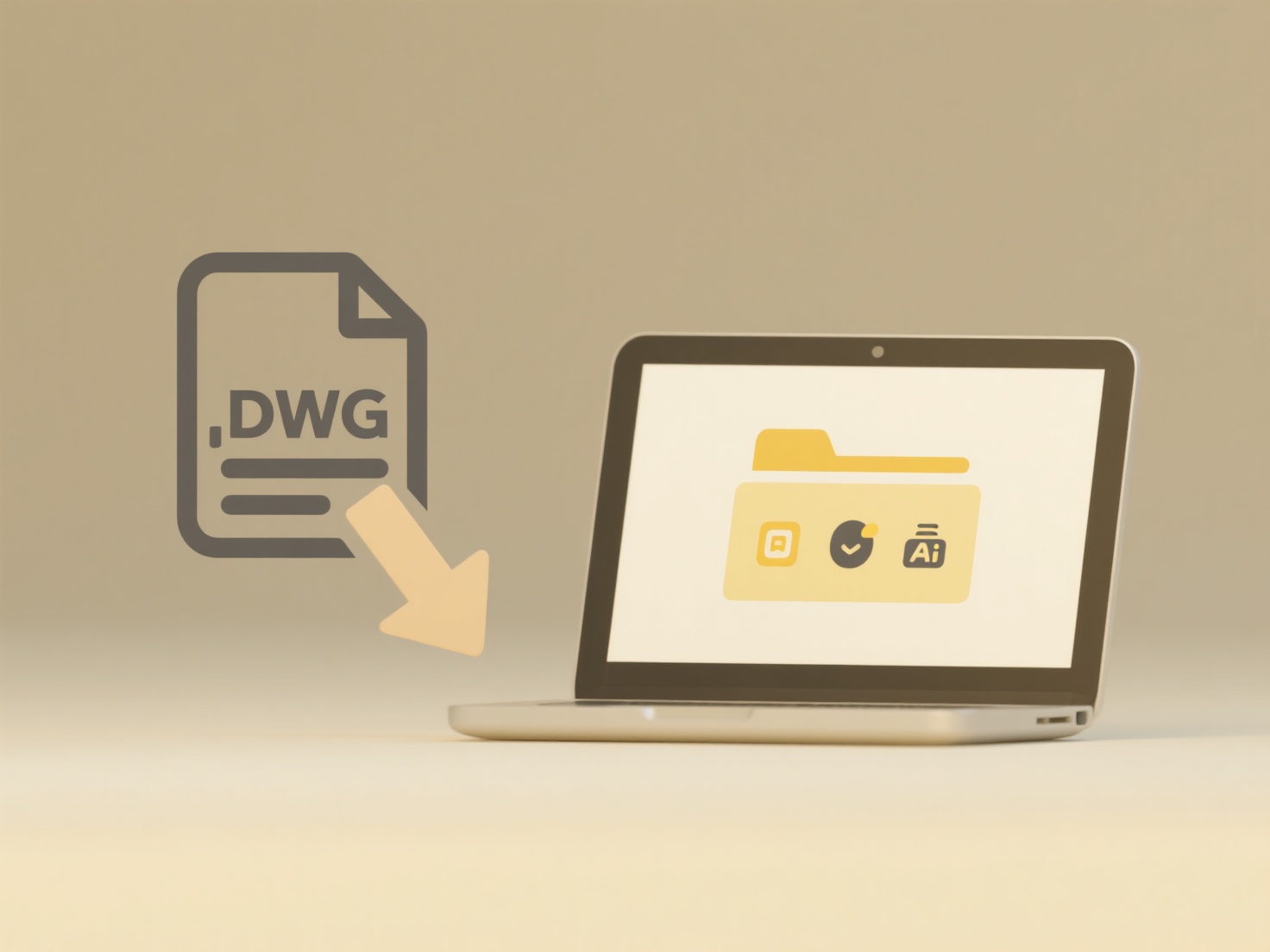
Comparing two saved file versions means inspecting the differences between snapshots of the same file captured at different points in time. This process identifies exactly what changed—added, deleted, or modified content. Tools designed for this task work by analyzing the text line-by-line or character-by-character, highlighting discrepancies visually. Unlike manually scanning two open windows, automated comparison is precise and efficient, revealing subtle changes instantly.
This practice is essential in many fields. Software developers frequently compare code versions using tools integrated into Git platforms (like GitHub, GitLab) or standalone applications (like WinMerge, Beyond Compare, or the diff command) to review changes before merging them. Similarly, writers and editors compare document revisions in word processors like Microsoft Word ('Compare Documents' feature) or collaborative platforms such as Google Docs to track edits and maintain version history during collaborative drafting.

Key advantages are precise change tracking, error prevention, and simplifying collaboration through clear revision histories. However, effectiveness depends on compatible text formats; complex binary files (like images or compiled executables) require specialized tools and may only show if files differ, not exact content changes. Maintaining file version history ethically requires transparency about edits. Future tools aim for smarter context-aware comparison and broader format support, making version control more accessible beyond technical teams.
How do I compare two saved versions of a file?
Comparing two saved file versions means inspecting the differences between snapshots of the same file captured at different points in time. This process identifies exactly what changed—added, deleted, or modified content. Tools designed for this task work by analyzing the text line-by-line or character-by-character, highlighting discrepancies visually. Unlike manually scanning two open windows, automated comparison is precise and efficient, revealing subtle changes instantly.
This practice is essential in many fields. Software developers frequently compare code versions using tools integrated into Git platforms (like GitHub, GitLab) or standalone applications (like WinMerge, Beyond Compare, or the diff command) to review changes before merging them. Similarly, writers and editors compare document revisions in word processors like Microsoft Word ('Compare Documents' feature) or collaborative platforms such as Google Docs to track edits and maintain version history during collaborative drafting.

Key advantages are precise change tracking, error prevention, and simplifying collaboration through clear revision histories. However, effectiveness depends on compatible text formats; complex binary files (like images or compiled executables) require specialized tools and may only show if files differ, not exact content changes. Maintaining file version history ethically requires transparency about edits. Future tools aim for smarter context-aware comparison and broader format support, making version control more accessible beyond technical teams.
Quick Article Links
Does Wisfile detect and avoid duplicate file names?
Does Wisfile detect and avoid duplicate file names? Wisfile generates unique, descriptive filenames using AI during it...
Can I search files by content regardless of format?
Content-based file searching locates information within files by analyzing their actual text, regardless of the original...
Is customer support available for installation issues?
Is customer support available for installation issues? Wisfile provides no specific customer support channels mentione...